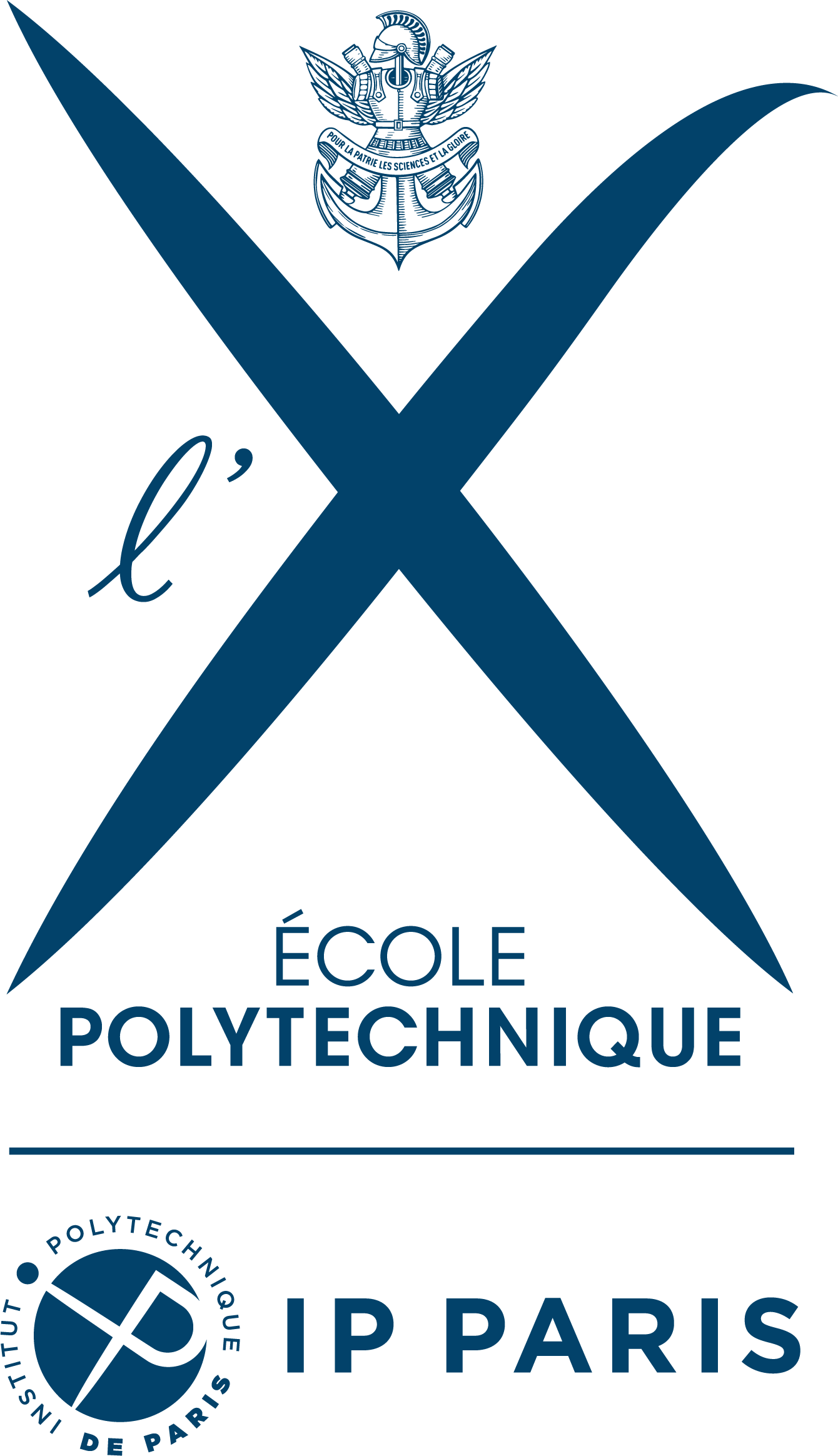[Trou spectral et stabilité pour les groupes et les jeux non locaux]
The word ‘stable’ is used to describe a situation when mathematical objects that almost satisfy an equation are close to objects satisfying it exactly. We study operator-algebraic forms of stability for unitary representations of groups and quantum synchronous strategies for non-local games. We observe in particular that simple spectral gap estimates can lead to strong quantitative forms of stability. For example, we prove that the direct product of two (flexibly) Hilbert-Schmidt stable groups is again (flexibly) Hilbert-Schmidt stable, provided that one of them has Kazhdan’s property (T). We also provide a simple form and simple analysis of a non-local game with few questions, with the property that synchronous strategies with large value are close to perfect strategies involving large Pauli matrices. This simplifies one of the steps (the question reduction) in the recent announced resolution of Connes’ embedding problem by Ji, Natarajan, Vidick, Wright and Yuen.
Le terme « stable » est utilisé pour décrire une situation où des objets mathématiques satisfaisant presque une équation sont proches d’objets la satisfaisant exactement. Nous étudions des formes de stabilité de nature algèbres d’opérateurs pour les représentations unitaires de groupes et les stratégies quantiques synchrones pour les jeux non locaux. Nous observons en particulier que des estimées simples de trou spectral peuvent conduire à de fortes formes quantitatives de stabilité. Par exemple, nous prouvons que le produit direct de deux groupes (flexiblement) Hilbert-Schmidt stables est à nouveau (flexiblement) Hilbert-Schmidt stable, à condition que l’un d’eux possède la propriété de Kazhdan (T). Nous fournissons également une forme et une analyse simples d’un jeu non local comportant peu de questions, avec la propriété que les stratégies synchrones de grande valeur sont proches des stratégies parfaites impliquant de grandes matrices de Pauli. Cela simplifie l’une des étapes (la réduction des questions) de la résolution récemment annoncée du problème de plongement de Connes par Ji, Natarajan, Vidick, Wright et Yuen.
Accepté le :
Publié le :
Keywords: Non-local games, robust self-testing, Kazhdan’s property (T), spectral gap, Connes embedding problem, Hilbert-Schmidt stability
Mots-clés : Jeux non locaux, auto-test robuste, propriété (T) de Kazhdan, trou spectral, problème de plongement de Connes
Mikael De La Salle 1
 CC-BY 4.0
CC-BY 4.0
@article{JEP_2025__12__1417_0,
author = {Mikael De La Salle},
title = {Spectral gap and stability for groups and non-local games},
journal = {Journal de l{\textquoteright}\'Ecole polytechnique {\textemdash} Math\'ematiques},
pages = {1417--1444},
publisher = {\'Ecole polytechnique},
volume = {12},
year = {2025},
doi = {10.5802/jep.314},
language = {en},
url = {https://jep.centre-mersenne.org/articles/10.5802/jep.314/}
}
TY - JOUR AU - Mikael De La Salle TI - Spectral gap and stability for groups and non-local games JO - Journal de l’École polytechnique — Mathématiques PY - 2025 SP - 1417 EP - 1444 VL - 12 PB - École polytechnique UR - https://jep.centre-mersenne.org/articles/10.5802/jep.314/ DO - 10.5802/jep.314 LA - en ID - JEP_2025__12__1417_0 ER -
%0 Journal Article %A Mikael De La Salle %T Spectral gap and stability for groups and non-local games %J Journal de l’École polytechnique — Mathématiques %D 2025 %P 1417-1444 %V 12 %I École polytechnique %U https://jep.centre-mersenne.org/articles/10.5802/jep.314/ %R 10.5802/jep.314 %G en %F JEP_2025__12__1417_0
Mikael De La Salle. Spectral gap and stability for groups and non-local games. Journal de l’École polytechnique — Mathématiques, Tome 12 (2025), pp. 1417-1444. doi: 10.5802/jep.314
[1] - “Random Cayley graphs and expanders”, Random Structures Algorithms 5 (1994) no. 2, p. 271-284 | DOI | MR | Zbl
[2] - An introduction to factors, Book available https://www.idpoisson.fr/anantharaman/publications/IIun.pdf
[3] - “Stability of approximate group actions: uniform and probabilistic”, J. Eur. Math. Soc. (JEMS) 25 (2023) no. 9, p. 3599-3632 | DOI | MR | Zbl
[4] - “Robust self-testing for linear constraint system games”, 2017 | arXiv
[5] - “Operator algebraic approach to inverse and stability theorems for amenable groups”, Mathematika 65 (2019) no. 1, p. 98-118 | DOI | MR | Zbl
[6] - “Probability measure on the boolean cube with small support and small Fourier transform”, MathOverflow:q/414657 (version: 2022-01-25)
[7] - “Inverse and stability theorems for approximate representations of finite groups”, Mat. Sb. 208 (2017) no. 12, p. 70-106 | DOI | MR
[8] - Fundamentals of error-correcting codes, Cambridge University Press, Cambridge, 2003 | DOI | MR | Zbl
[9] - “Stability for product groups and property ()”, J. Funct. Anal. 279 (2020) no. 9, article ID 108729, 32 pages | DOI | MR | Zbl
[10] - “Almost commuting matrices and stability for product groups”, J. Eur. Math. Soc. (JEMS) 27 (2025) no. 10, p. 4027-4068 | DOI | MR | Zbl
[11] - “MIP*=RE”, 2020 | arXiv
[12] - “Quantum soundness of testing tensor codes”, in 2021 IEEE 62nd annual Symp. on foundations of computer science—FOCS 2021, IEEE Computer Soc., Los Alamitos, CA, 2022, p. 586-597 | DOI | MR
[13] - “Quantum soundness of testing tensor codes”, Discrete Anal. (2022), article ID 17, 73 pages | MR | Zbl
[14] - “Finite simple groups as expanders”, Proc. Nat. Acad. Sci. U.S.A. 103 (2006) no. 16, p. 6116-6119 | DOI | MR | Zbl
[15] - “Random Cayley graphs are expanders: a simple proof of the Alon-Roichman theorem”, Electron. J. Combin. 11 (2004) no. 1, article ID 62, 6 pages | MR | Zbl
[16] - The theory of error-correcting codes. I, North-Holland Math. Library, vol. 16, North-Holland Publishing Co., Amsterdam-New York-Oxford, 1977 | MR | Zbl
[17] - “A quantum linearity test for robustly verifying entanglement”, in STOC’17—Proc. 49th annual ACM SIGACT symp. on theory of computing, ACM, New York, 2017, p. 1003-1015 | DOI | Zbl
[18] - Modern coding theory, Cambridge University Press, Cambridge, 2008 | DOI | MR | Zbl
[19] - “Orthogonalization of positive operator valued measures”, Comptes Rendus. Mathématique 360 (2022), p. 549-560 | DOI | Numdam | Zbl
[20] - Theory of operator algebras. I, Encyclopaedia of Math. Sciences, vol. 124, Springer-Verlag, Berlin, 2002 | Zbl
[21] - “Pauli braiding”, 2017, available at https://mycqstate.wordpress.com/2017/06/28/pauli-braiding/
Cité par Sources :



